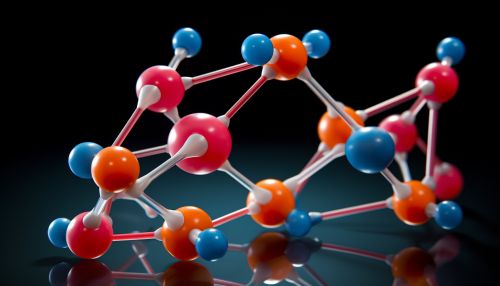Pyrilutamide
Introduction
Pyrilutamide, also known as BMS-641988, is a nonsteroidal antiandrogen (NSAA) that was under development by Bristol-Myers Squibb for the treatment of prostate cancer. It reached phase II clinical trials before development was discontinued.


Chemistry
Pyrilutamide is a synthetic and steroidal compound of the NSAA class. NSAAs are a group of pharmaceuticals that act as androgen receptor (AR) antagonists and inhibit the effects of androgens like testosterone and dihydrotestosterone (DHT).
Mechanism of Action
Pyrilutamide works by binding to the androgen receptor, preventing it from interacting with androgens. This inhibits the growth and proliferation of prostate cancer cells, which are often androgen-dependent.
Clinical Trials
Pyrilutamide was studied in phase II clinical trials for the treatment of prostate cancer. However, despite showing promise in early-stage trials, development was discontinued due to adverse side effects and lack of efficacy in later stages.
Pharmacokinetics
The pharmacokinetics of pyrilutamide, such as its absorption, distribution, metabolism, and excretion, have been studied in clinical trials. However, detailed information is not publicly available due to the discontinuation of its development.
Side Effects
The side effects of pyrilutamide were a significant factor in the decision to discontinue its development. These side effects were not detailed in the available literature, but are likely to be similar to those of other NSAAs, which can include hot flashes, sexual dysfunction, and liver toxicity.
Future Research
Despite the discontinuation of pyrilutamide's development, research into NSAAs continues. Newer drugs are being developed with the aim of improving efficacy and reducing side effects. These drugs may provide new options for the treatment of prostate cancer in the future.
